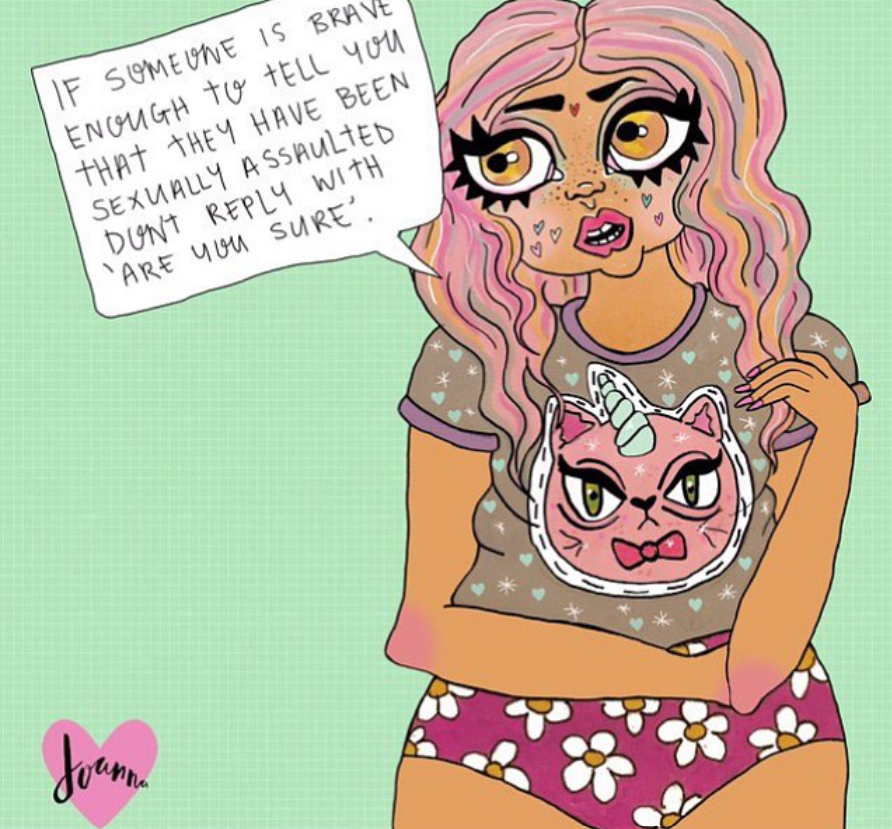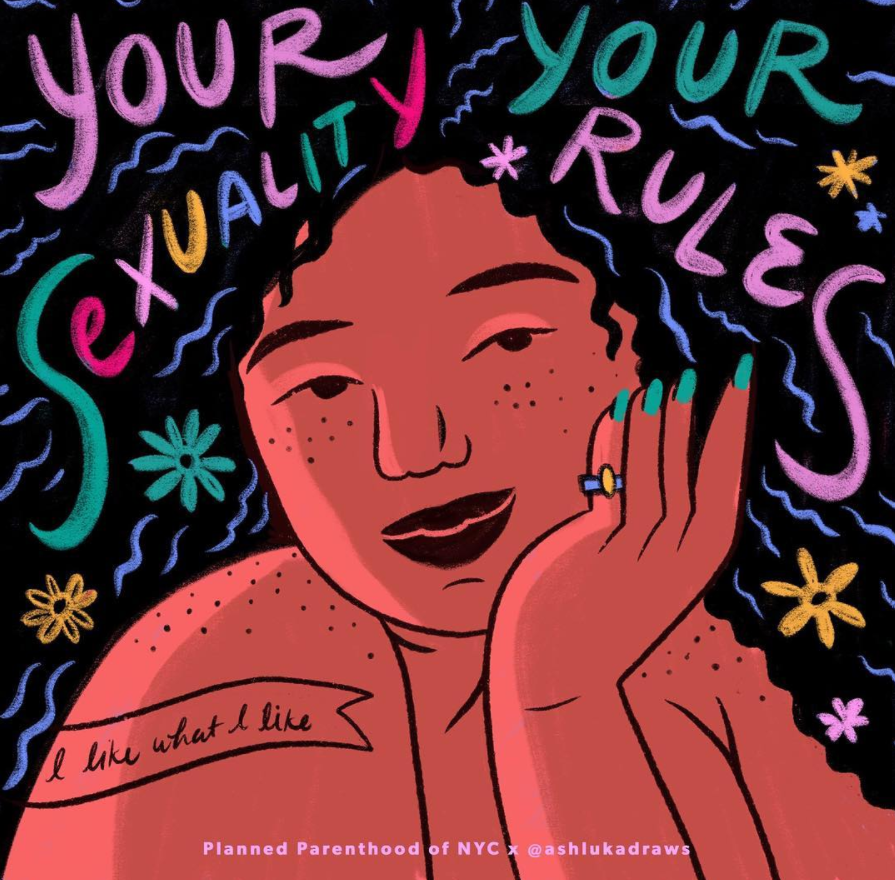“The truth of it is, the shame was not mine, and for all victims in similar situations, it is not ours. The shame is reserved for every creep who has ever touched us inappropriately. The shame is on the abuser, not the victim, not the survivor.”
Rose McGowan – Brave.
According to the National sexual violence research center, approximately 1 in 5 (an estimated 25.5 million) women in the U.S. reported completed or attempted rape at some point in their lifetime. Most of them (79.6%) experienced their first rape before the age of 25, and more than one-quarter of the total victims were abused before they were 10 years old.
Besides some people already are well aware of such startling issues, ignorance and lack of qualified information still overflow among many. Cultural factors lie behind this: many prefer to ignore this issue, while others are too immersed in their society, and soaked with common beliefs and ideas.
With sexual harassment (intended as the act of forcing a person to perform sexual acts through violence) being such a widespread phenomenon, in 1970 feminists started talking about rape culture.
This concept was elaborated among the rows of the feminist movement because statistics speak clearly, stating that most of those who are abused are female, and so it developed on the foundations laid by a centuries-old society of patriarchal culture and attitude of possessiveness towards women.
What is important to notice is that rape culture entails much more than the concept of sexual harassment itself.
Rape culture is the term used to define environments where sexual violence is normalized and supported by a set of behaviors and beliefs that are intrinsic to society. Above all, the objectification of women’s bodies, tolerance of sexual harassment, and the scrutiny of the victim’s behavior (How was she dressed? Was she drunk?) are key examples. This context breeds a culture of victim-blaming, in which those who are abused are thought to have played a role in undergoing such violence and are considered responsible for what they have gone through.

Under this lens, women are perceived as submissive to men, and that is risky not only for women but for men, too. From a young age, in fact, many boys find themselves trapped in the idea of a performative idea of man, diminishing the importance of the violence and abuses that they have to face; after so many years, society is still trying to preserve this idea of a dominant, manly, and toxic masculinity.
However, not enough awareness was raised on this issue yet, and many do not even recognize it.
Denying the idea that the free fruition of a woman’s body perpetrated without consent is a cultural factor that still affects our society is an approach typical of those that want to pretend that women already obtained their rights. Those people take such stances because they fear for their privileged positions. As if it was not enough, many also try to minimize such social scourge, as we were talking about an isolated and rare issue; at the cry of “not all men”, those people defend themselves and discourage others from taking strong positions.
“Blaming the victim is an act of refuge and self-deception. It allows the blamer to sit in judgement, imagining some mythical justice that means bad things happen only to bad people, thus ensuring their own safety.”
Uma – Becoming unbecoming
Because of this environment of fear and uncertainties, women are educated from a young age how gender violence is something inevitable, or at least something you should be aware of, since, as a woman, it will affect you sooner or later. And that moment is when young women start learning not to wear short skirts, or walk home alone, not to get too drunk, and not to joke too much. There is a very precise set of rules we are used to when, in reality, it should never be the victim’s duty to avoid violence.
With such cultural background, very often victims prevent themselves from confessing because they fear governments, peers, and families. What they go through is very often not believed, even though there are many examples of how women are abused daily starting from catcalling, to limitations of personal freedom, humiliation, and sexualization of their bodies. And none of this can be confused with an act of appreciation, a compliment, or desire, yet these are all declarations of ownership, threats, the constant intrusion of patriarchal violence trying to put women back “at their place”.

In a society within which women who live their sexuality freely often end up feeling embarrassed, judged, and lonely, there is the urge to take a stand and to speak aloud. Misogyny is now so spread and normalized, with a common belief that has been internalized by women too, that shows the importance for feminism to change the toxic narratives that are spreading around such a delicate issue.
Teaching new generations about respectability, teaching them what a “good girl” should be like, will not save them, and will never prevent them from such horrible acts of abuse. We should rebuild a new consciousness, shifting the focus and teaching people not to treat others as prey.
“They are all innocent until proven guilty. But not me. I am a liar until I am proven honest.”
― Louise O’Neill, Asking For It
“They are all innocent until proven guilty. But not me. I am a liar until I am proven honest.”
Louise O’Neill – Asking For It
Pages to browse on the internet to learn more:
https://www.instagram.com/everyonesinvited/ committed to exposing and eradicating rape culture.
https://www.elle.com/uk/life-and-culture/a36078594/zan-moon-instagram-rape-culture/ to know more about violence in schools.
Some eyes-opening books.
Asking for It: The Alarming Rise of Rape Culture and What We Can Do about It – Kate Harding.
The Way I Used to Be – Amber Smith.